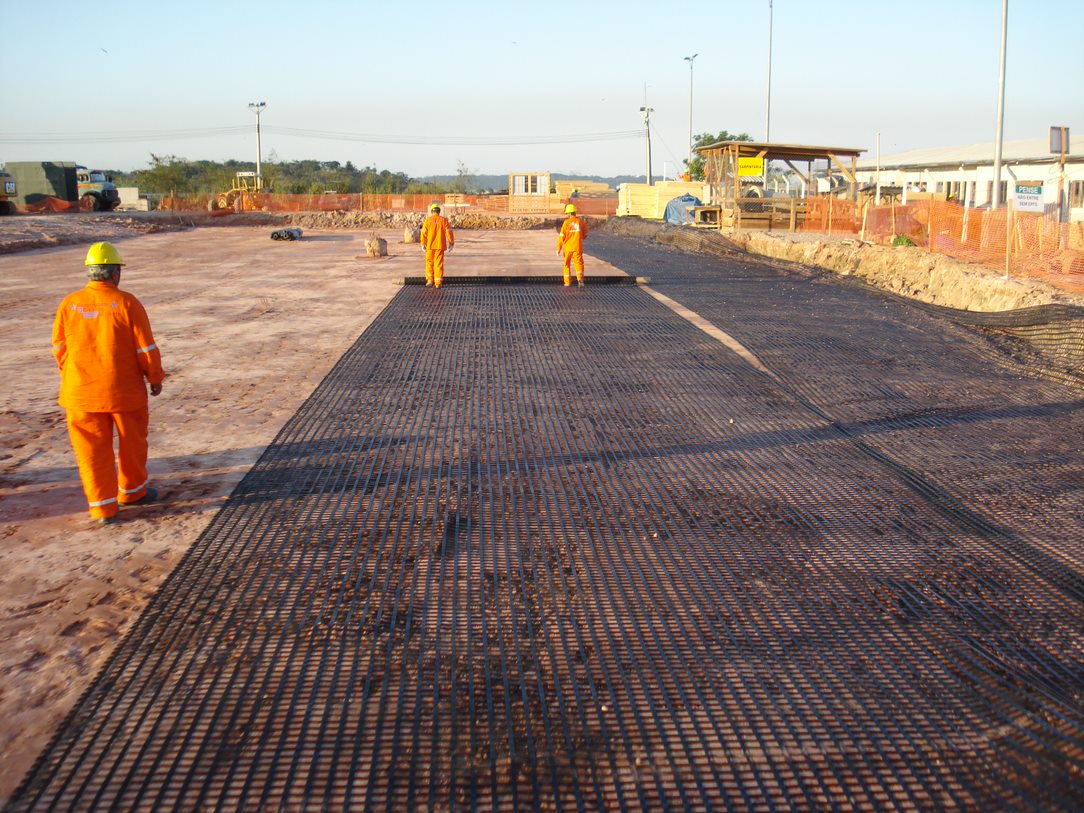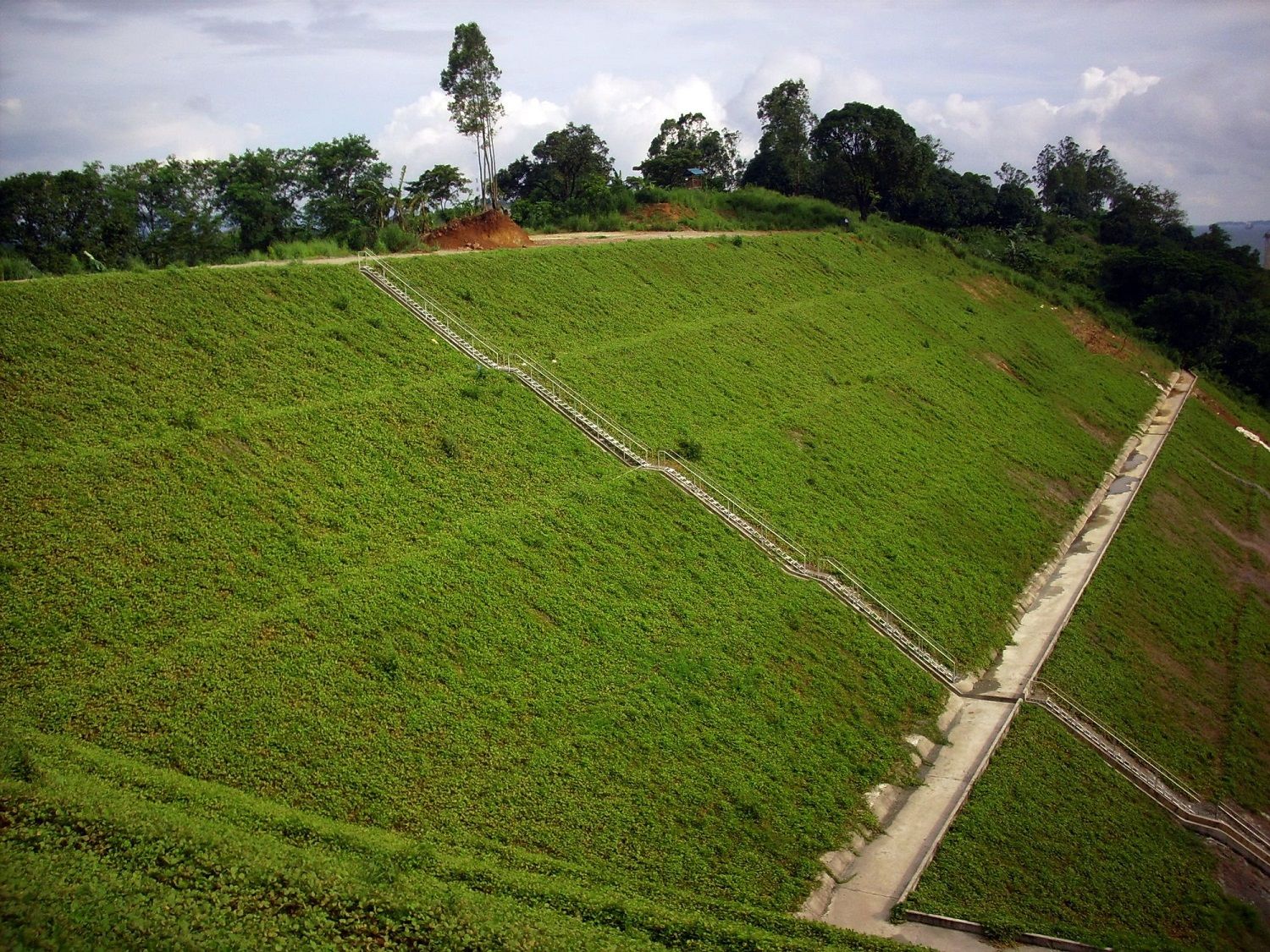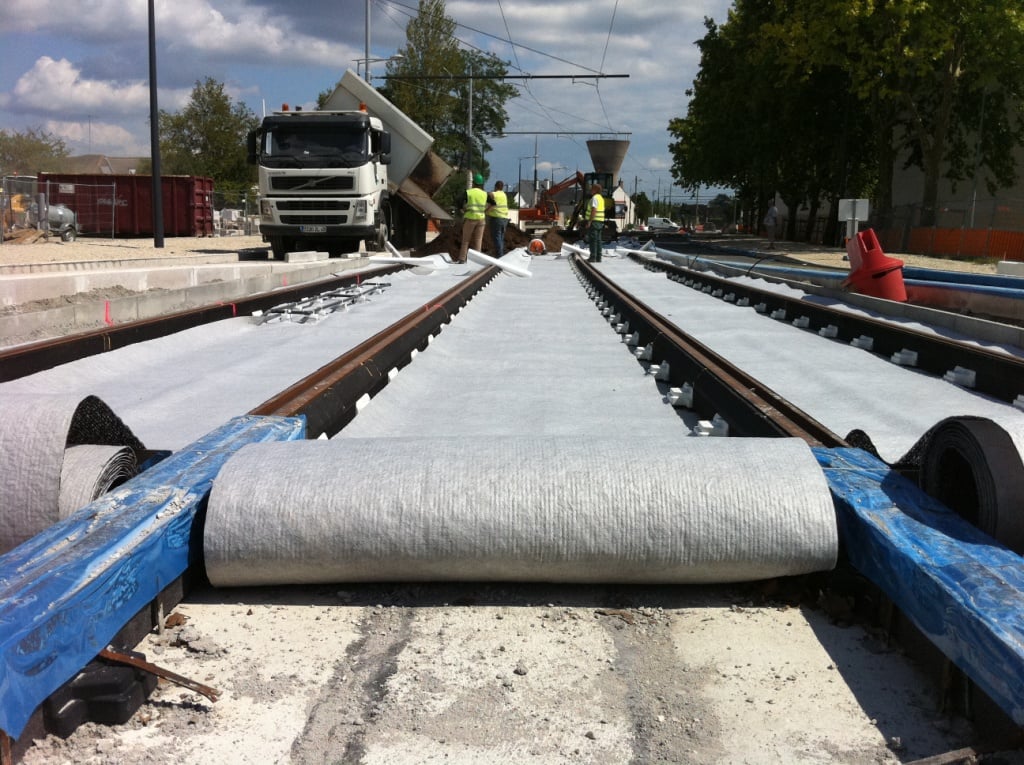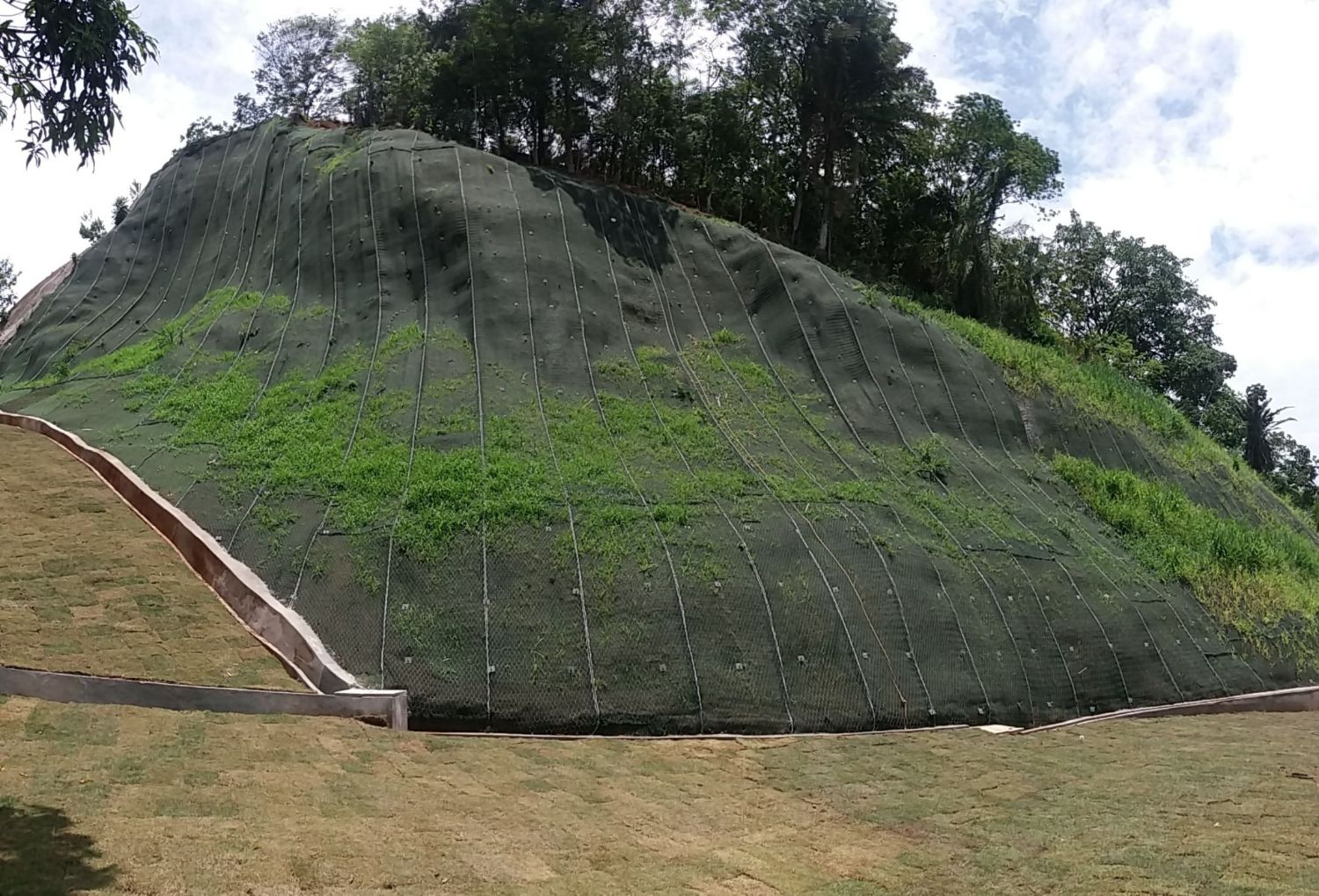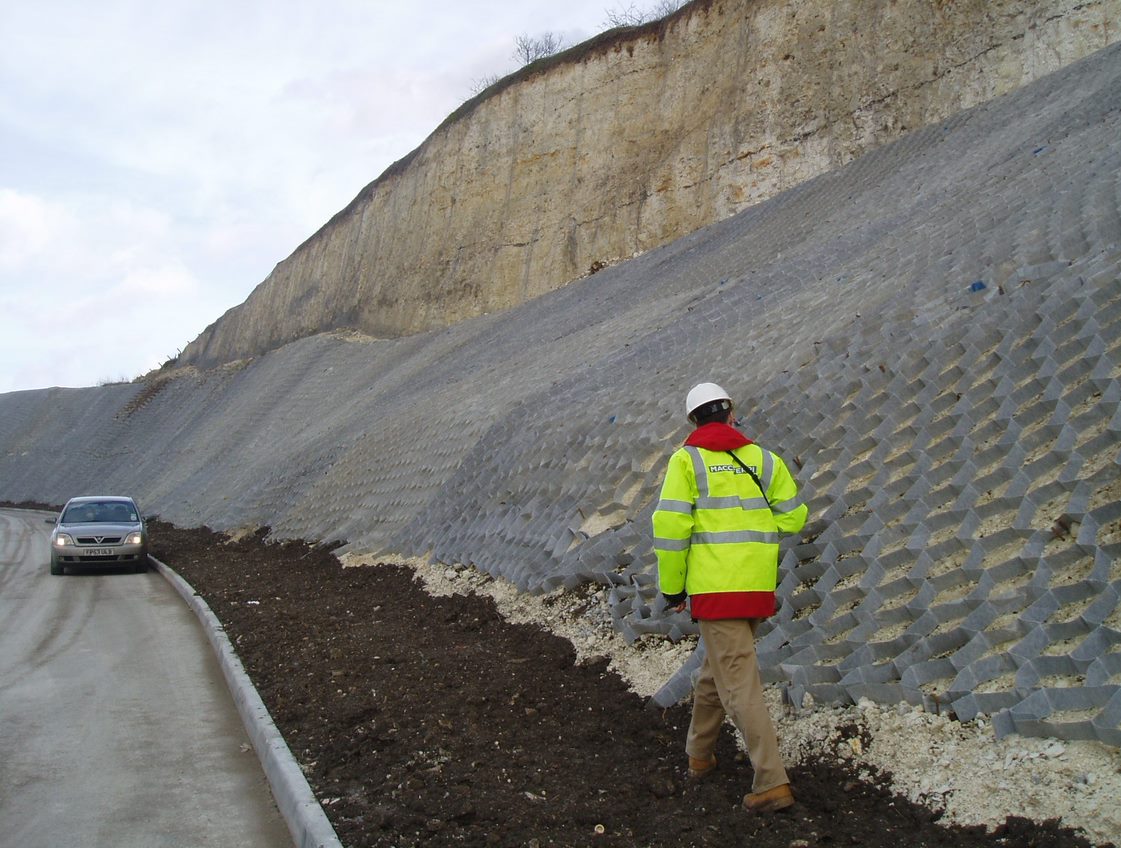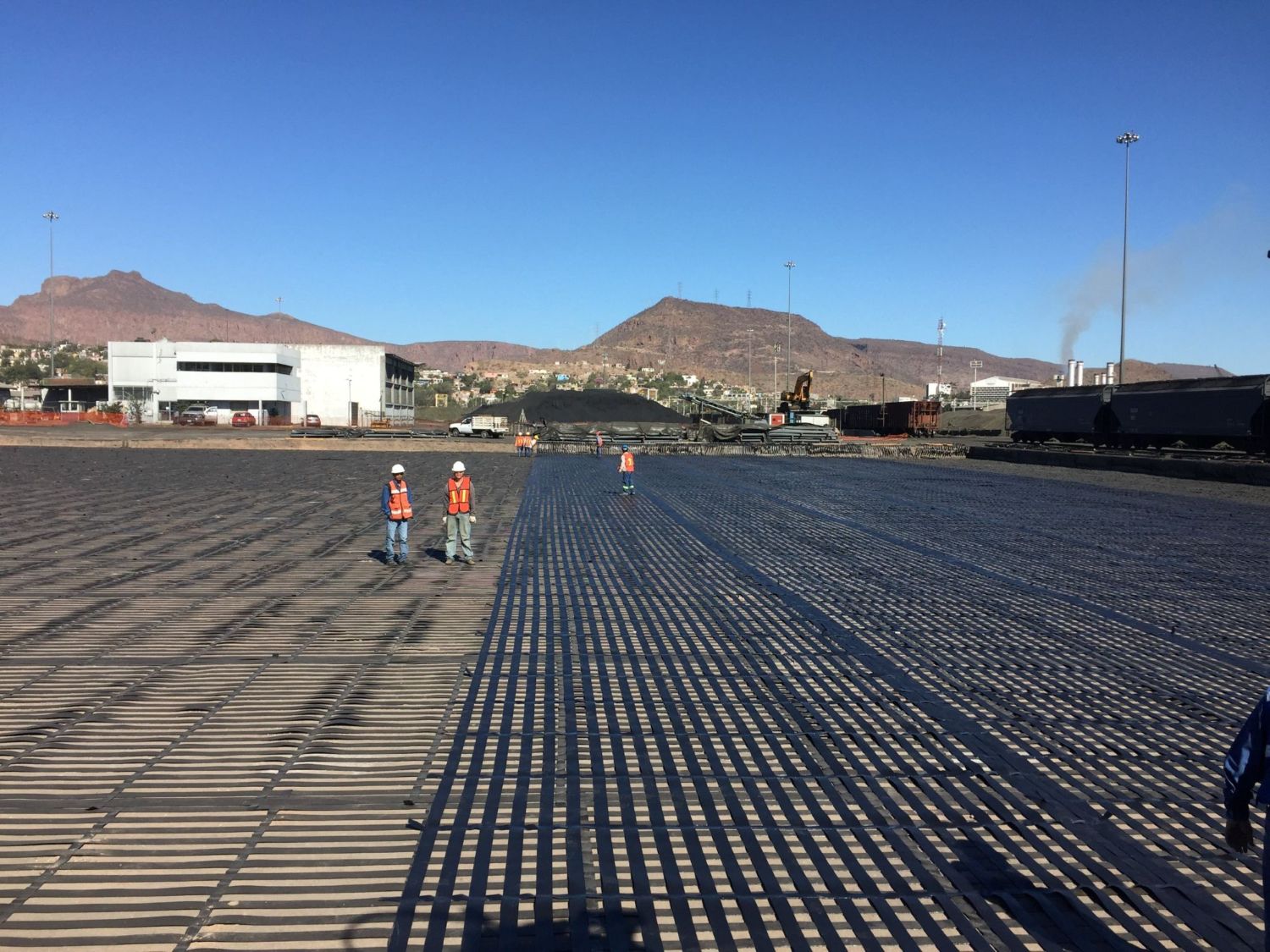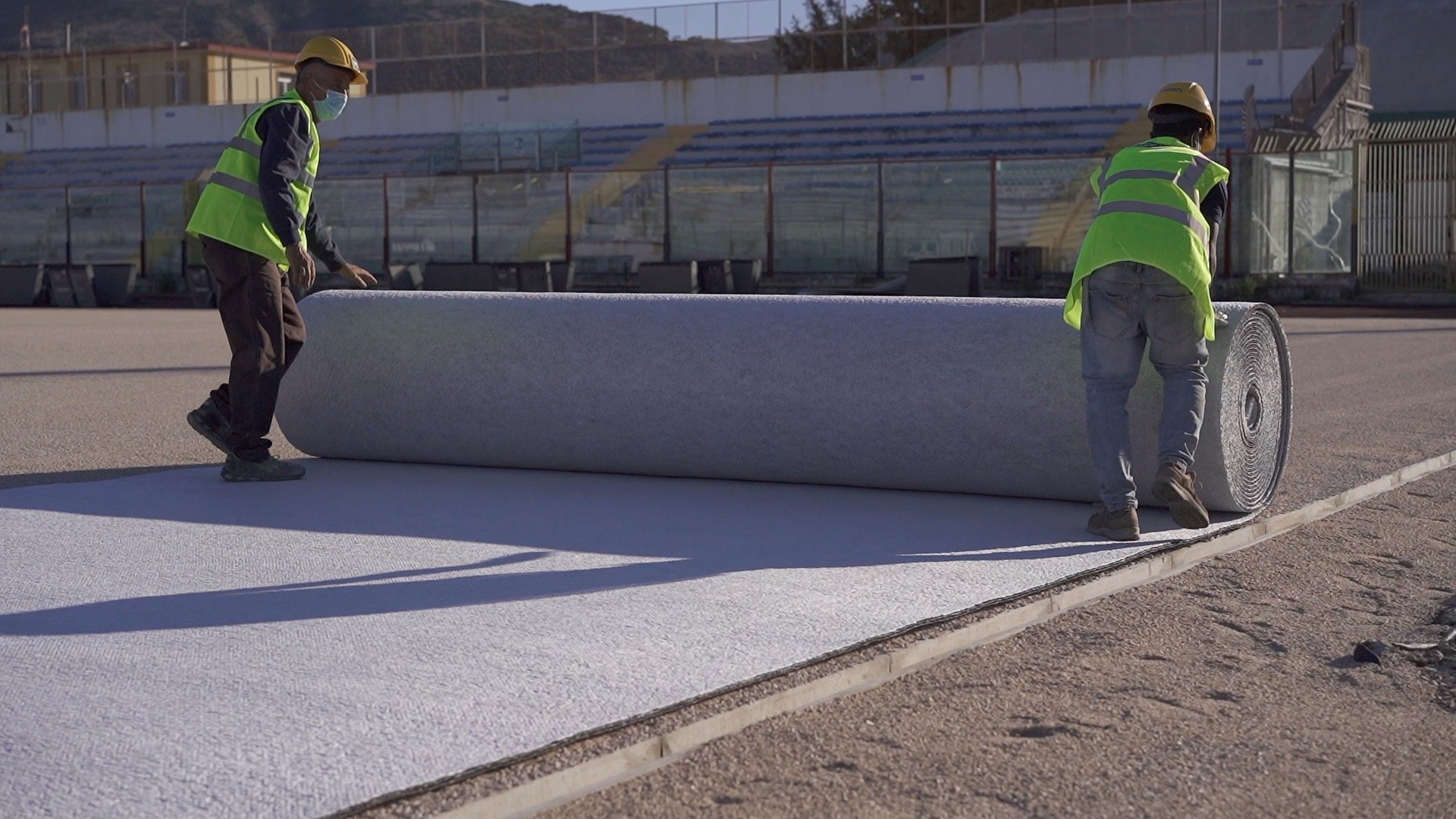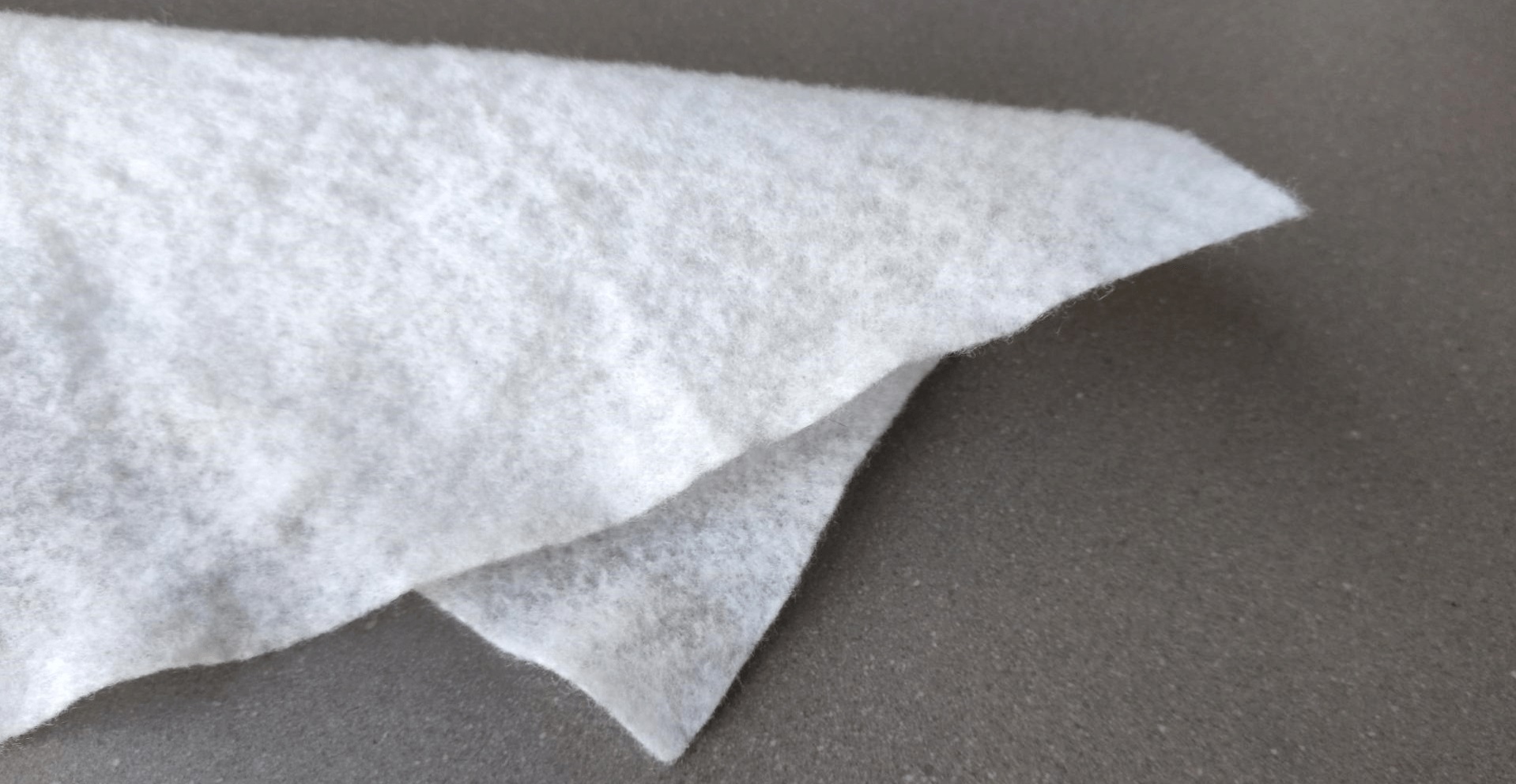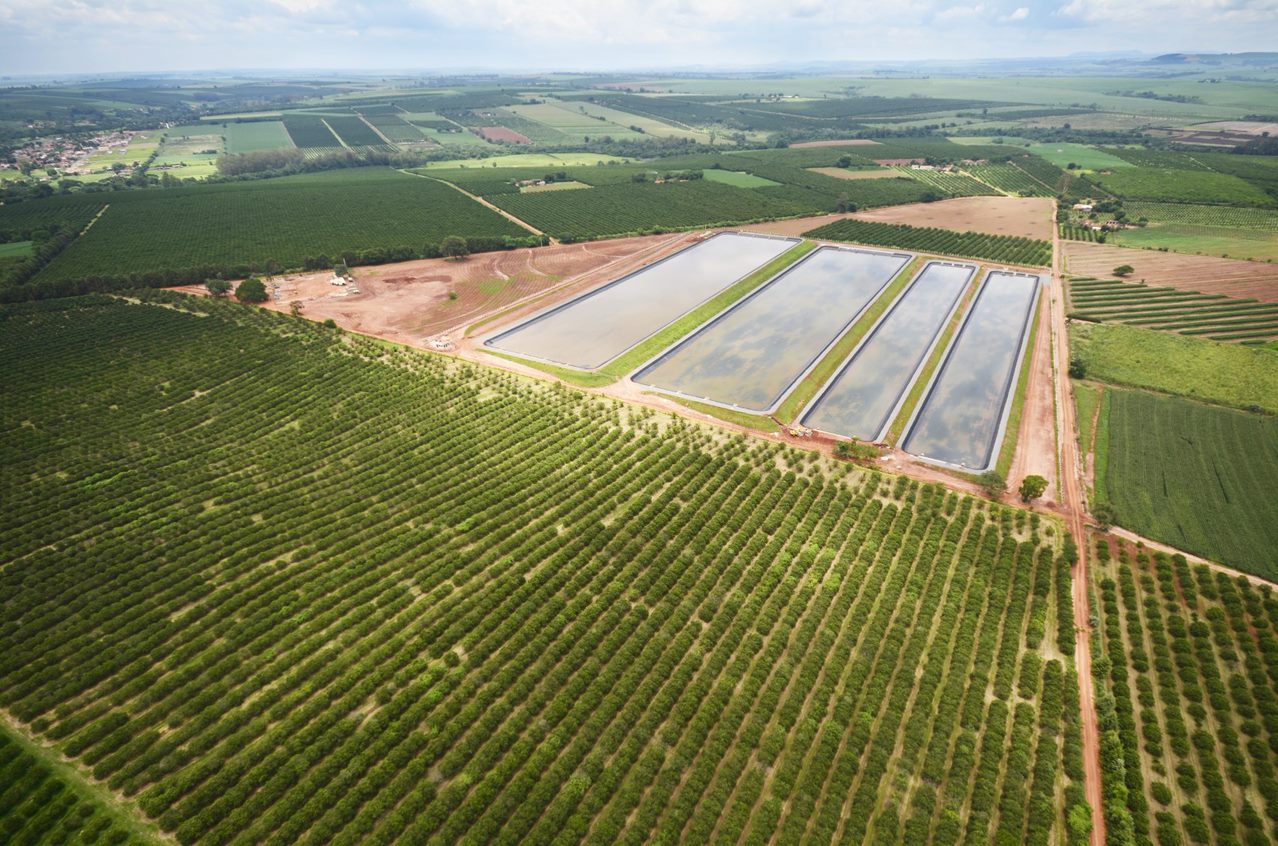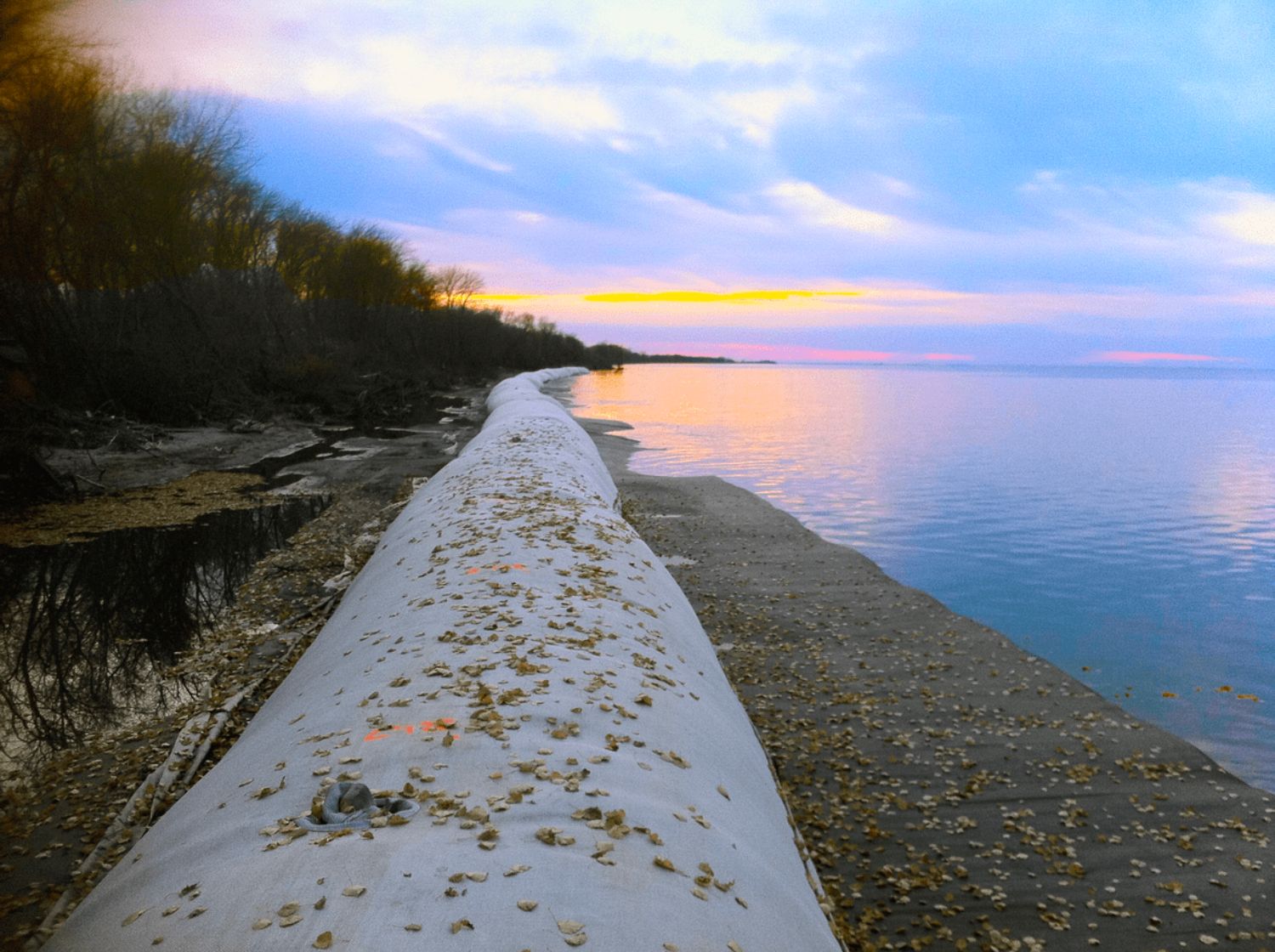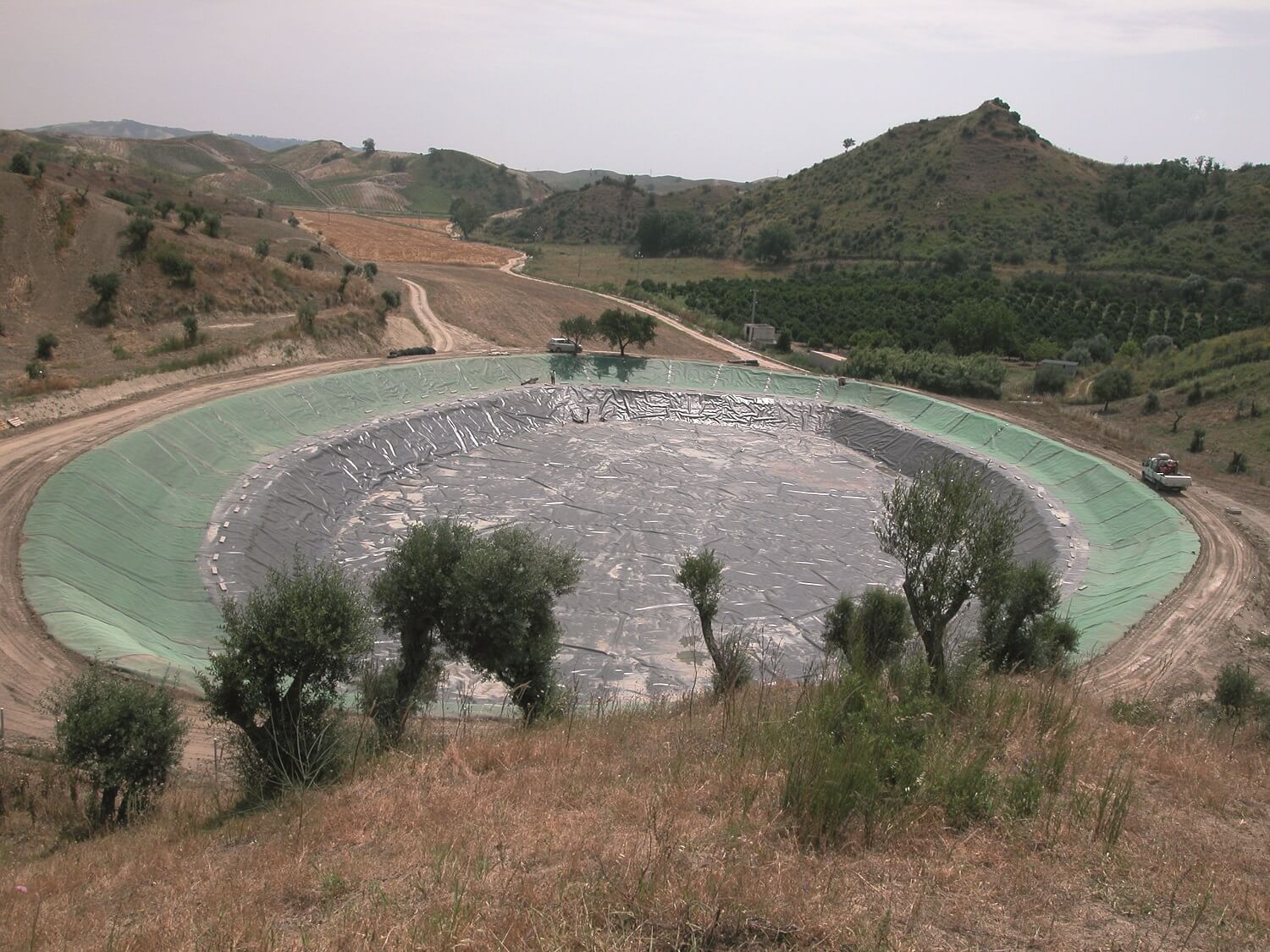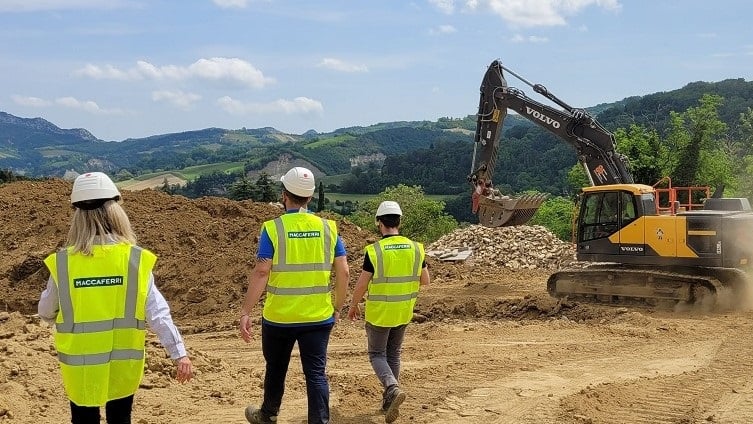Environment, Dewatering & Landfills
Worldwide, the disposal of waste materials is an increasing problem. A landfill is a living organism, bringing constantly new engineering challenges. This applies not only to landfills but also to situations where there is a need to protect native ground from contamination by external sources, such as mining leachate lagoons or heap-leach pads, storm water attenuation ponds next to highways and slurry storage cells in agriculture.
The experience gained with several projects has led to numerous innovations thanks to which we now offer a wide range of materials and technologies. The use of geogrids to reinforce soil enables the steepening of slopes within landfill cells, maximising the volumes available for waste disposal; our MacLine™ impermeable liners contain, cap and protect pollution from contained waste material; MacMat™ limits erosion from the slopes of these installations while MacDrain™ drainage geomposites drain fluids (liquids or gases) from landfills.
We offer clients our expertise regarding the development of integrated designs for landfills and the protection of polluted areas. Flexibility and extensive manufacturing capability allow us to customize products to suit specific project requirements. We care about safety and the environment: the presence of our personnel during the preparation of EU landfill regulations, together with the CE markings, led us to offer products and solutions that meet appropriate legislative requirements.
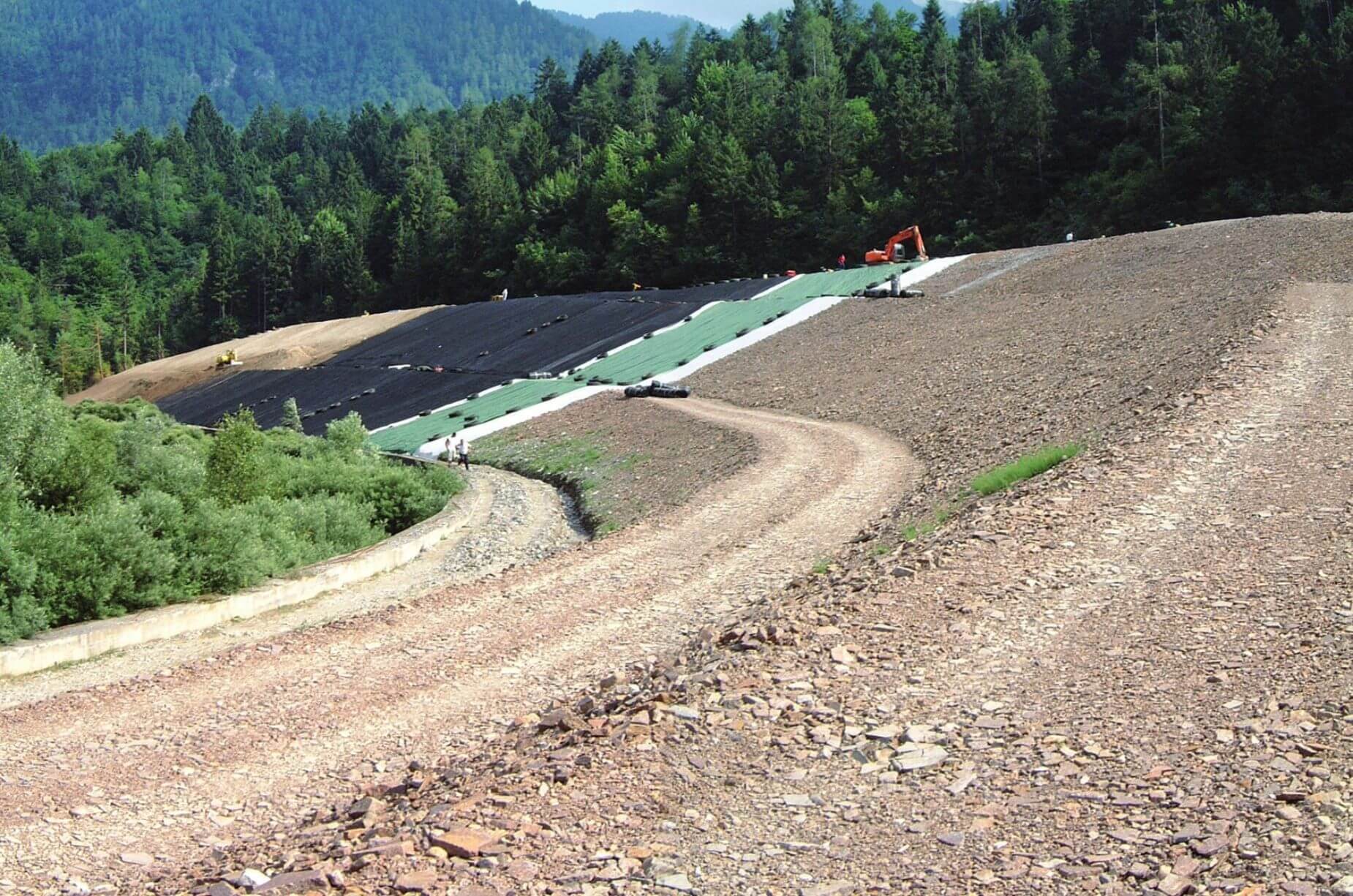
 Sectors
Sectors Applications
Applications Solutions
Solutions